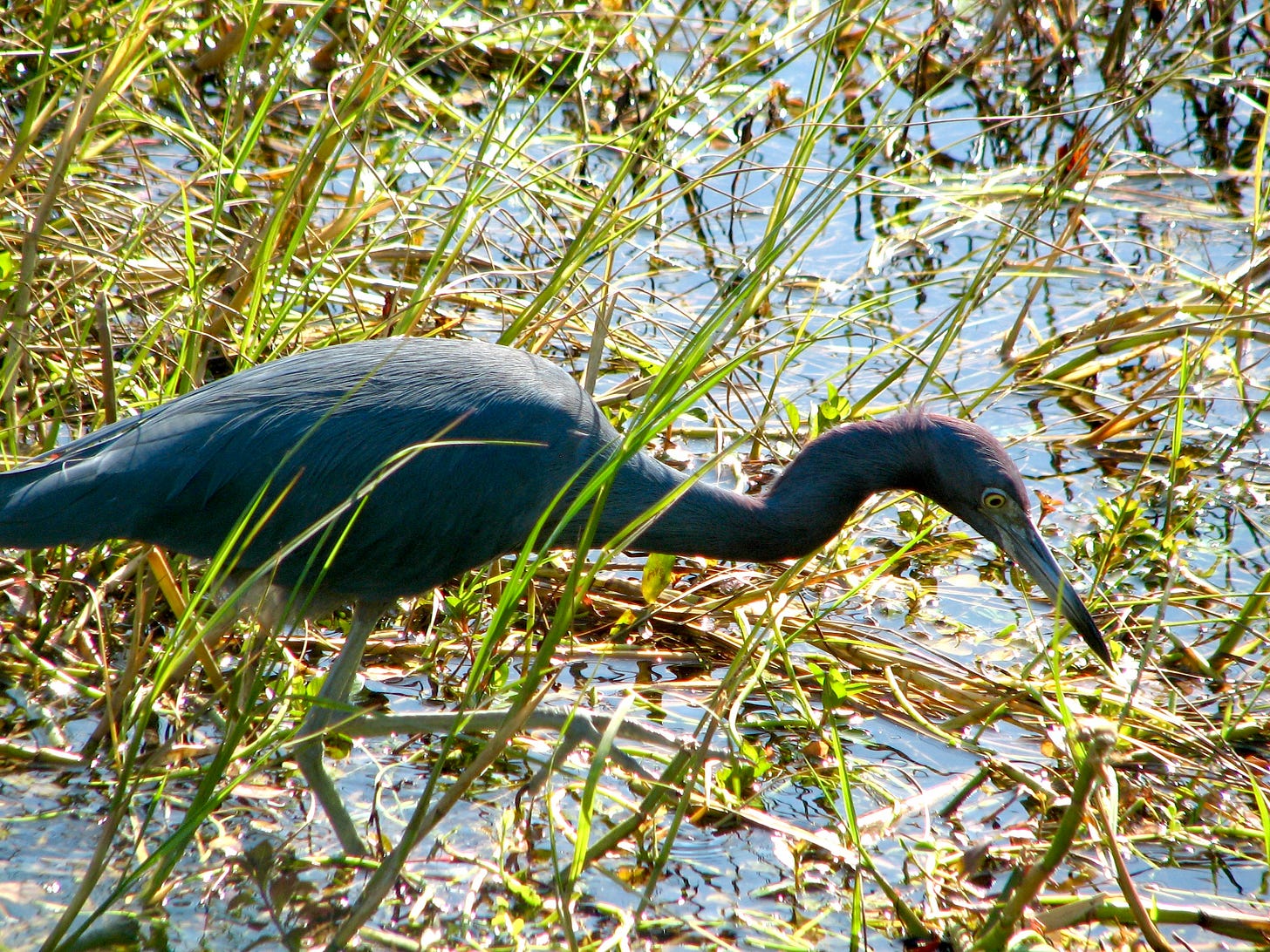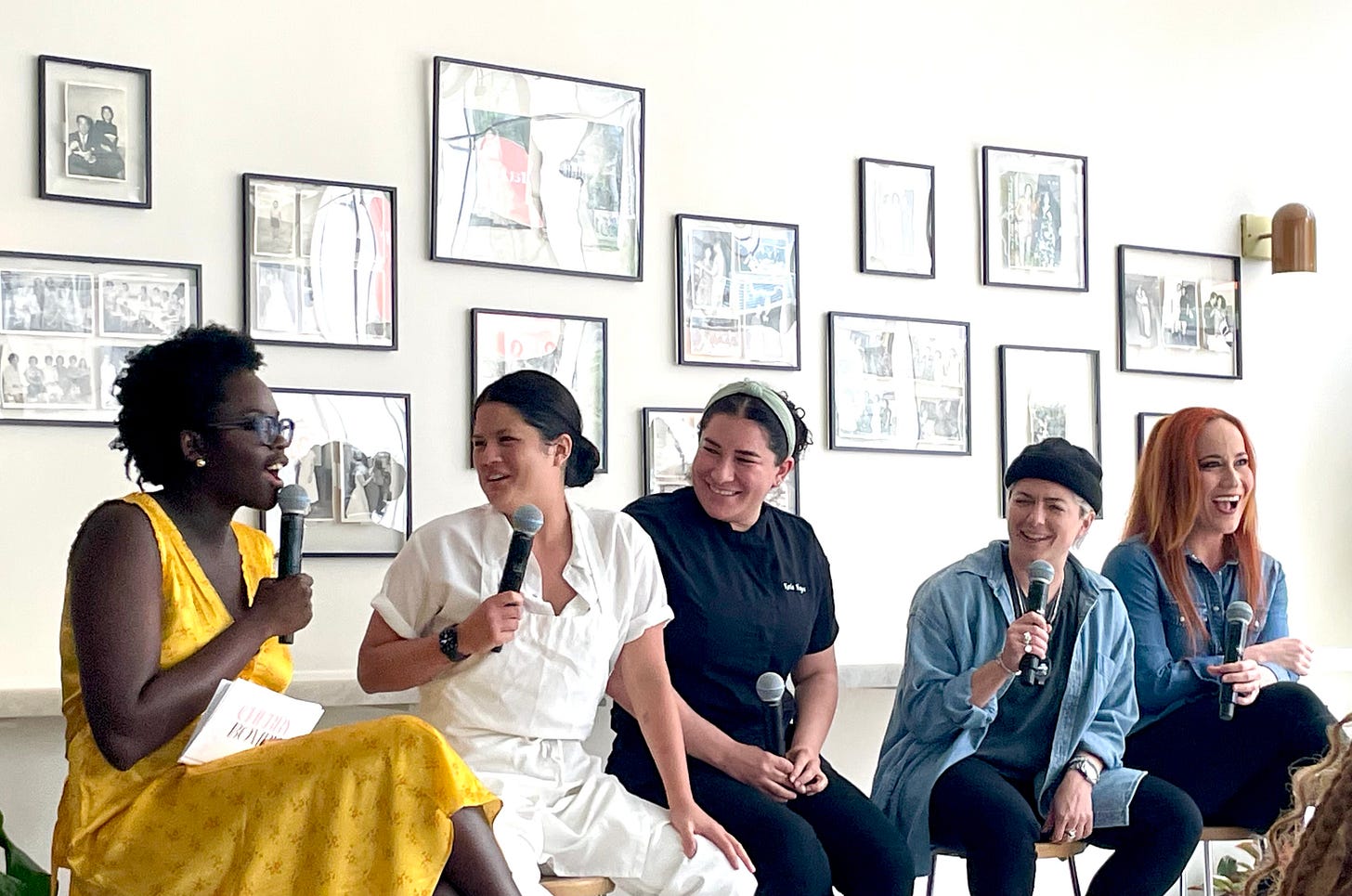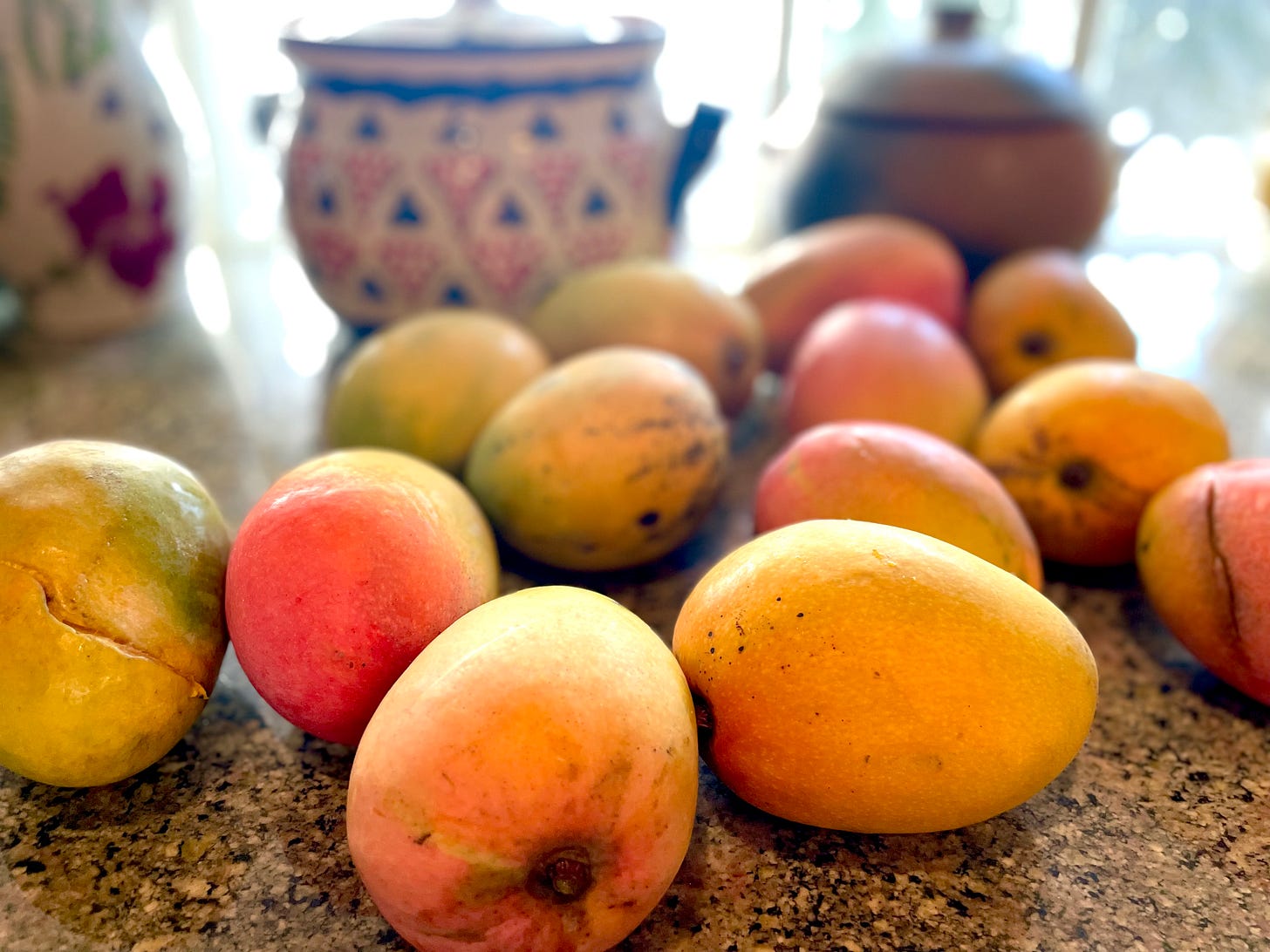Broccoli Rising and Natural Resources
Not that long ago in the geological scheme of things, much of the southernmost tip of Florida was covered by a sheet of water that flowed from Kissimmee River down to Lake Okeechobee and then farther south. Miami and environs were mostly swampland that spawned so many mosquitoes, you could snatch them out of the air.
Florida became a state in 1845. Soon after, folks — both settlers and Indigenous People — moved in, draining the area just enough to make it habitable for communities and arable for crops. Then the Army Corps of Engineers got into the act. and voila, more dry land, fewer mosquitoes, and less River or Grass.
It seemed like a good idea at the time. But there’ve been, let us say, unintended consequences, resulting in a nightmare struggle between man, nature, and politics ever since. I’m cheering for nature.
We know this region now as the Everglades,a national park with a unique ecosystem that’s actually eight habitats interacting to create a lush breeding ground for egrets, herons, gallinules, and other native waterfowl. Yes. there are alligators, lots of ‘em, with big teeth, but there’s also precious things you can’t see, like the Everglades aquifer which supplies South Florida with the fresh water we need.
You may think the Everglades is one thing, but it’s many. So’s the entire state of Florida. The panhandle is still arguably part of the American South. The middle of the state boasts Disneyworld on the west coast, NASA on the east and our citrus belt in the middle. South Florida’s the gateway to the Caribbean and Latin America, a place where Cuba, the Florida Keys, the Yucatan, the West Indies, the Bahamas, Haiti, and South America can all show up on the same plate.
We’re not just Florida Man, hanging chads or — no offense — the governor. We’re deliciously diverse.
I’m not denying we have issues. From the fate of the Everglades to the constant snarl of city traffic, we get in our own way — and nature’s way. No wonder we’re sinking again.
The struggle, the beauty, the chaos, it’s all Florida. But what I love, and what I value, are our natural resources — the Everglades, glittering Biscayne Bay, the clarity of sunlight that’s like nowhere. Many natural resources like our aquifer, are unseen. Others are human.
When Cherry Bombe visited Miami on International Women’s Day, that delicious diversity showed up with a panel of chefs hosted by The Future of Food podcaster Abena Anim-Somuah — Peruvian chef Valerie Chang, Mexican chef Karla Hoyos, Cuban chef Eileen Andrade. and Miami’s own chef Adrianne Calvo. We’re local but we’re every flavor.
I’m excited to introduce you to another of Florida’s great natural resources, Annabelle Tometich, sister Floridian and food writer and author of the new book The Mango Tree: A Memoir of Fruit, Florida and Felony. Watch my special Broccoli Rising interview with Annabelle, where we talk about careers, cooking, the complications of family and Florida, and man, oh, man — mangoes, the sweetness, joy, and mess of them. Kinda like Florida.
When you’re talking South Florida, you’re talking mangoes. The trees here are in heavy blossom now, promising a luscious summer harvest. To get you in the mango mood:
slightly naughty naked mango salad
my mango mousse — easy, ethereal, and of course vegan
and the quintessential mango recipe — mango chutney, chunky, spicy, sweet, but balanced with a smack of tartness from vinegar. It’s Indian in origin but it’s Florida in a bite. Annabelle shared her recipe for mango chutney exclusively for Broccoli Confidential subscribers . So you can watch our interview, read her book and taste the mango. It’s a whole immersive Florida experience.
Upgrade to paid and join the fun Broccoli Confidential tribe. You’ll get Annabelle’s mango chutney recipe, my exclusive 305 Salad Bowl recipe and many more delicious things to come.
But mango is for everyone, so I’m happy to share this mango salsa from Dalia Colón’s new The Florida Vegetarian Cookbook
Thank you, Broccoli Rising and Broccoli Confidential subscribers. You’re the vital natural resources that keep me going.
Mango Salsa
From The Florida Vegetarian Cookbook by Dalia Colón. Gainesville: University Press of Florida, March 2024. Reprinted with permission of University Press of Florida.
Photo by Chip Weiner
Are there any more tropical-sounding words in the English language than mango salsa? With more than 500 varieties of mango on the planet, it’s easy to live the sweet life. I steer clear of Tommy Atkins mangoes, which tend to be fibrous (read: stringy). No disrespect, Tom. Varieties like Palmer and Kent are easy to find and much less work to cut and eat. We Floridians love to nerd out on mangoes. The state is home to several mango festivals, including the annual International Mango Festival held every summer at Miami’s Fairchild Tropical Botanic Garden. This salsa offers a little sweet and a little heat, making it the perfect summer sidekick for tortilla chips, black bean burgers, or corn fritters.
Makes about 2 cups
2 cups peeled and diced ripe mango (about 3 mangoes)
1 medium red bell pepper, seeded and chopped
¼ cup chopped red onion
¼ cup loosely packed fresh cilantro leaves, chopped
½ jalapeño, seeded and minced (or more or less, depending on your taste)
Juice of 1 large lime
½ teaspoon salt
Combine all the ingredients in a medium nonreactive bowl.
Refrigerate for 15 minutes or up to 2 hours before serving.








